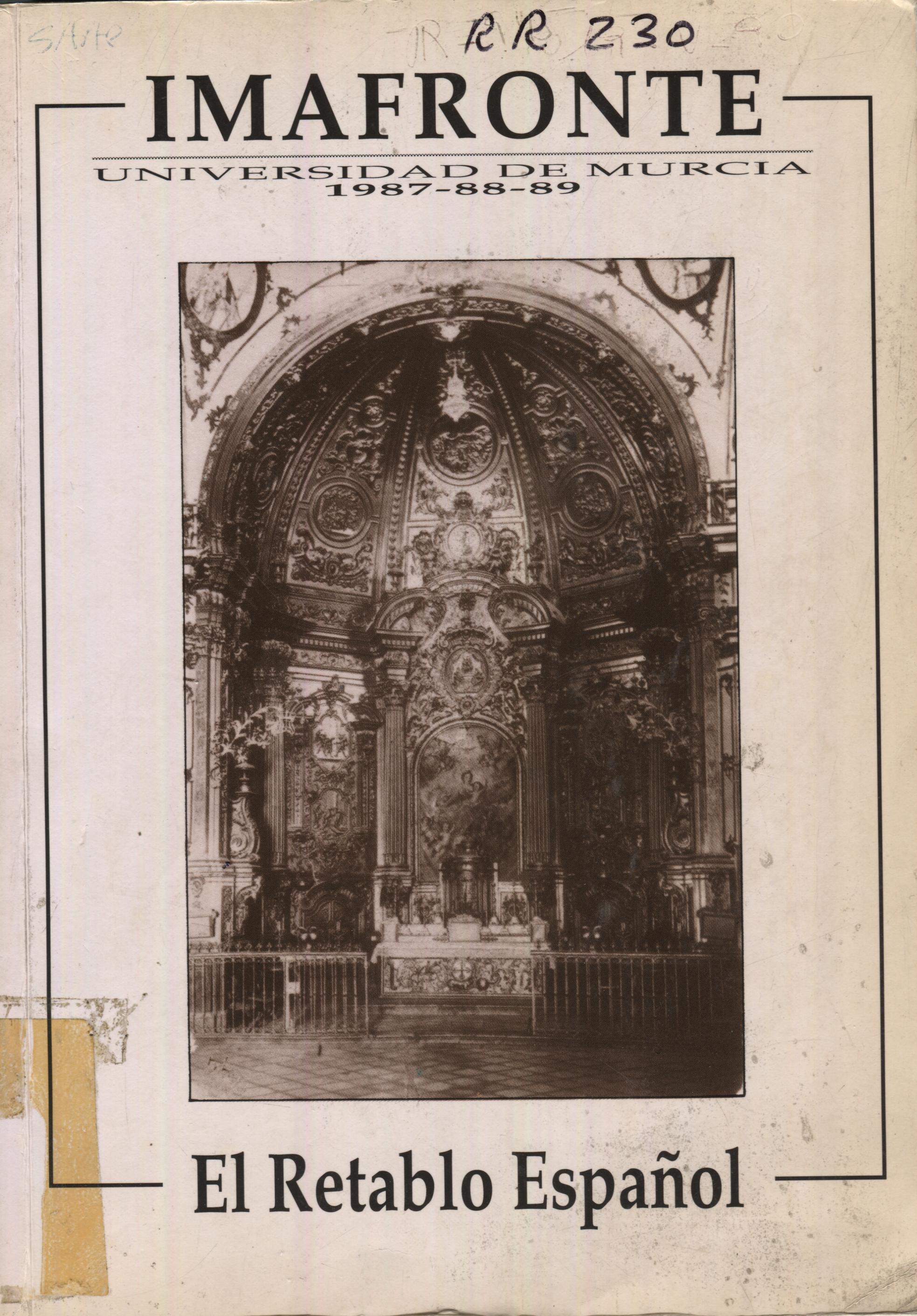EL RETABLO BARROCO EN ASTURIAS
Resumen
Despite of destructions and disappearances, Asturias offers a very important baroque retable-making activity, as in other purrs of Spain. This activity was mainly carried out in convents, monasteries, great parish churches and the cathedral of Oviedo itself, which was enriched with beatiful baroque retables during the XVIIth and XVIIIth centuries. In this richness, several types may be found -rosary-retahles, exedra-retables-; the- all show an interesting iconography, like that in the main altar of the Jesuits' ancient church, in Oviedo. During the first half of the XVIIth century, the Asturian reredos still shows the Manierism as may be observed in the main altar in the monastery of Cornellana and others, though the Baroque spirit stars to be perceived in certain cases like the retables in St. Vincent's Benedictine monastery, today in the Oviedo Council, and at the altar of the collegial church in Cangas del Narcea. Baroque schemes are successful during the second half of the XVIIth century, with works like the retables in ihe Cámara Santa [Holy Chamher] in Oviedo, in the monastery ff San Pelayo, in the same city. and in the monatery of Belmonit. During the XVIIIth century they are built so important retables as the ones in the Jesuits' ancient church in Oviedo and in the Christe King's chapel in the cathedral of Oviedo. The highest baroque and the progression to rococo are represented. among other examples, by the lnmaculate Conception's reredos at the cathedral, and the retable in the Dominicans' church. both at Oviedo.Descargas
-
Resumen535
-
PDF399
Las obras que se publican en esta revista están sujetas a los siguientes términos:
1. Los autores ceden de forma no exclusiva a la revista los derechos de explotación (reproducción, distribución, comunicación y transformación).
2. Las obras que se publican en esta revista están sujetas a la licencia Attribution-ShareAlike 4.0 International (CC By SA 4.0). Por lo que se pueden copiar, usar, difundir, transmitir y exponer públicamente, siempre que:
i) se cite la autoría y la fuente original de su publicación (revista, editorial y URL de la obra), permitiendo así su reconocimiento.
ii) se permite remezclar, transfromar o crear a partir del material mientras se mantenga la misma licencia del original.
3. Condiciones de auto-archivo. Se permite y se anima a los autores a difundir electrónicamente las versiones pre-print (versión antes de ser evaluada) y/o post-print (versión evaluada y aceptada para su publicación) de sus obras antes de su publicación, ya que favorece su circulación y difusión más temprana y con ello un posible aumento en su citación y alcance entre la comunidad académica. Color RoMEO: verde.
























